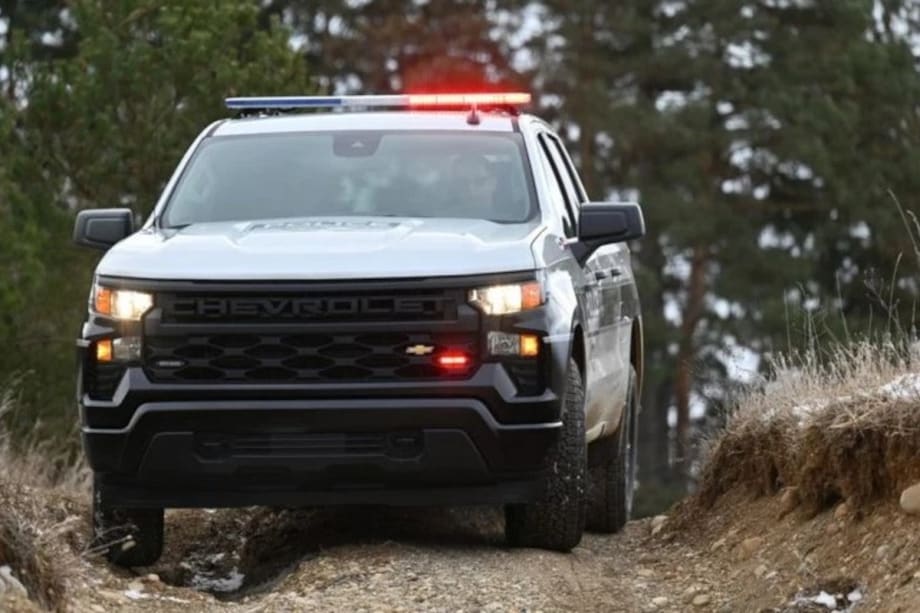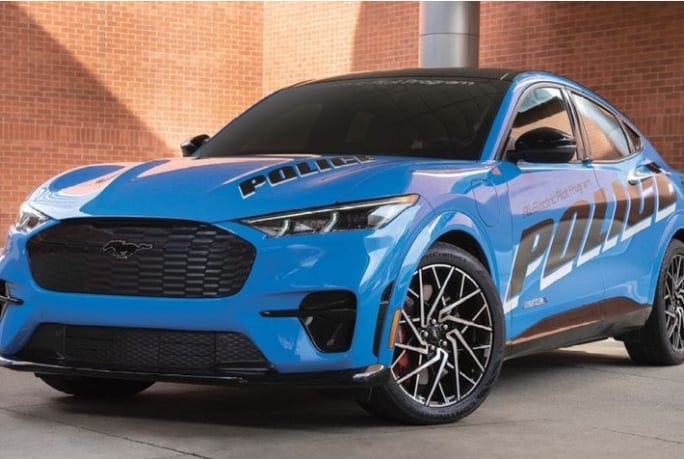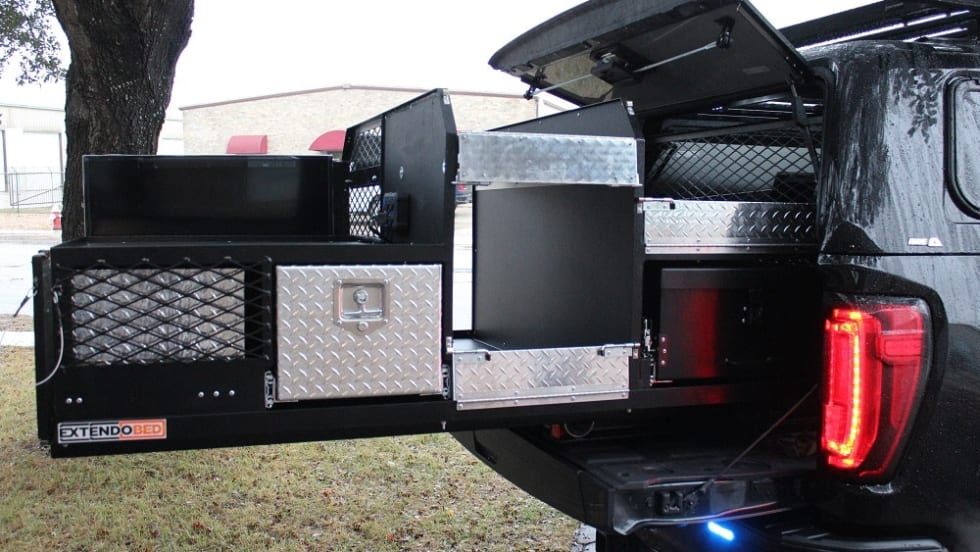Ford scored the two top 0 to 60 mph acceleration specs at 3.93 seconds for the Mustang Mach-E electric SUV and 5.72 seconds for the F-150 Police Responder. Both are of course special vehicles. Top speed for the F-150 Police Responder was 120 mph. The Electric Mustang hit 122 mph.
Among more conventional patrol vehicles, the Ford PI Utility EcoBoost was both the quickest and the fastest, with a zero to sixty of 5.68 seconds and a top speed of 148 mph. This is not surprising since the EcoBoost engine has twin turbos. The PI Utility Hybrid scored a zero to sixty of 7.28 seconds and a top speed of 136 mph. The normally aspirated PI Utility 3.3-liter scored a zero to sixty of 7.95 seconds and a top speed of 136 mph.
Dodge of course had some of the fastest vehicles with its Charger muscle sedans. The 5.7 liter V8 Hemi Charger Pursuit is a beast. Its top speed is 140 mph—which is slower than the civilian model—and it posted a zero to sixty of 6.01 second. Dodge’s other Charger Pursuit patrol vehicle, the 3.6 liter with the Pentastar V6, topped out at the same 140 MPH as the 5.7 liter Hemi and went zero to sixty in 7.57 seconds.
Dodge’s Durango patrol SUVs have the same two engines as the Chargers. The 5.7 liter V8 Hemi Durango had a top speed of 130 mph and a zero to sixty of 7.27 seconds. The 3.6 liter Pentastar V6 had a top speed of 128 mph and a zero to sixty of 8.65 seconds.
Chevy’s patrol vehicles were the slowest in the testing but not by much. Top speed for the Tahoe 5.3 liter RWD was 130 mph with a zero to sixty of 7.38. The 4WD version of the Tahoe with the same engine had a top speed of 124 mph and a zero to sixty of 8.03 seconds. Both Silverado PPV pickup models, the ZR7 4WD and Z71 4WD, reached a top speed of 112 mph. Acceleration scores for the Chevy patrol trucks showed the power of their 5.3-liter V8 engines. The ZR7 4WD reached its top speed in 24.38 second and recorded a zero to sixty of 7.43 seconds. The Z71 4WD accelerated to 112 mph in 23.80 seconds and hit sixty from a standing stop in 7.59 seconds.















